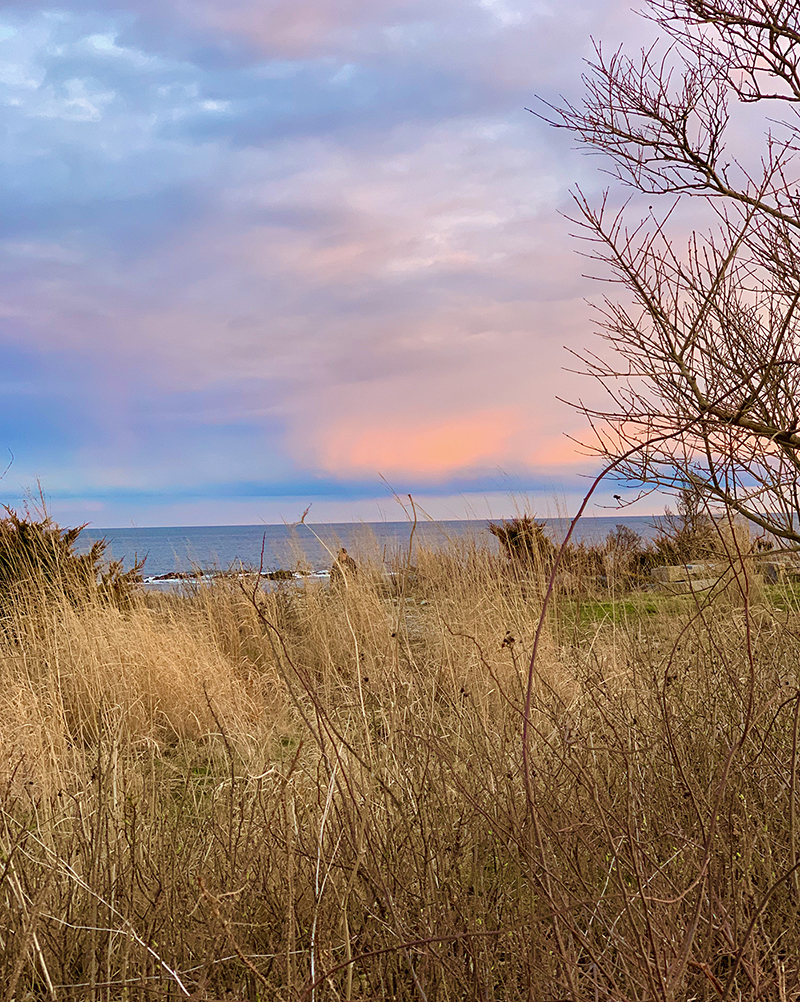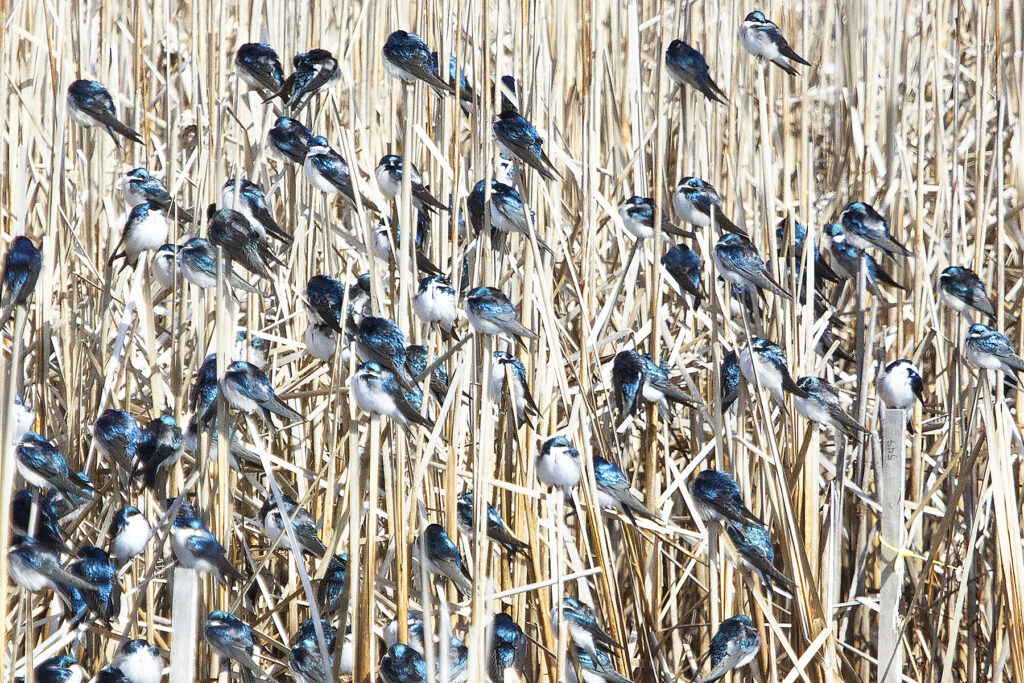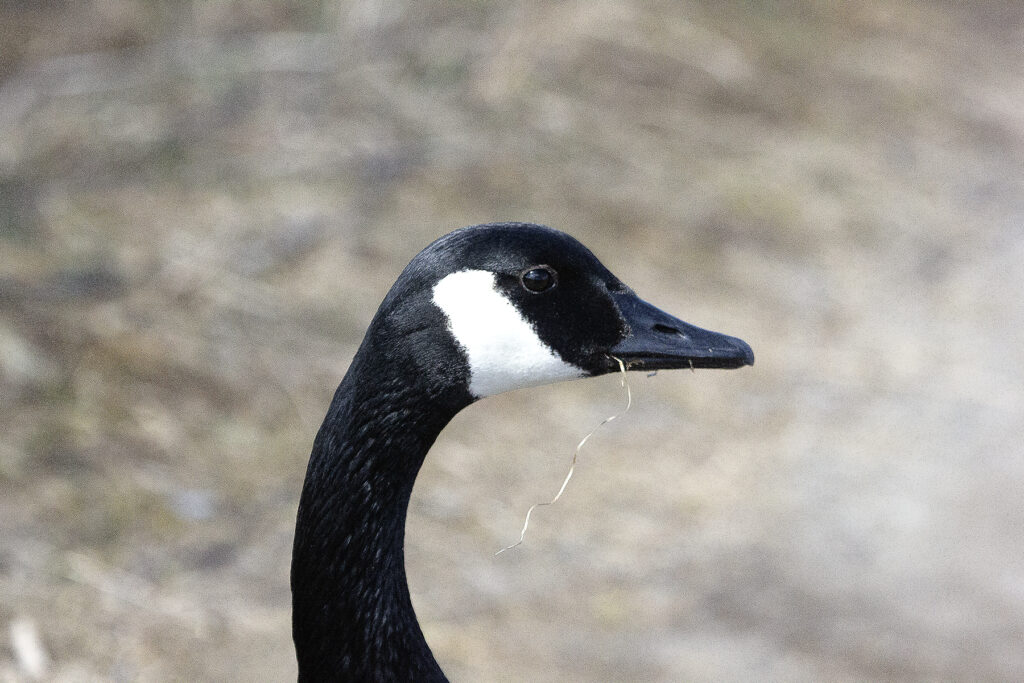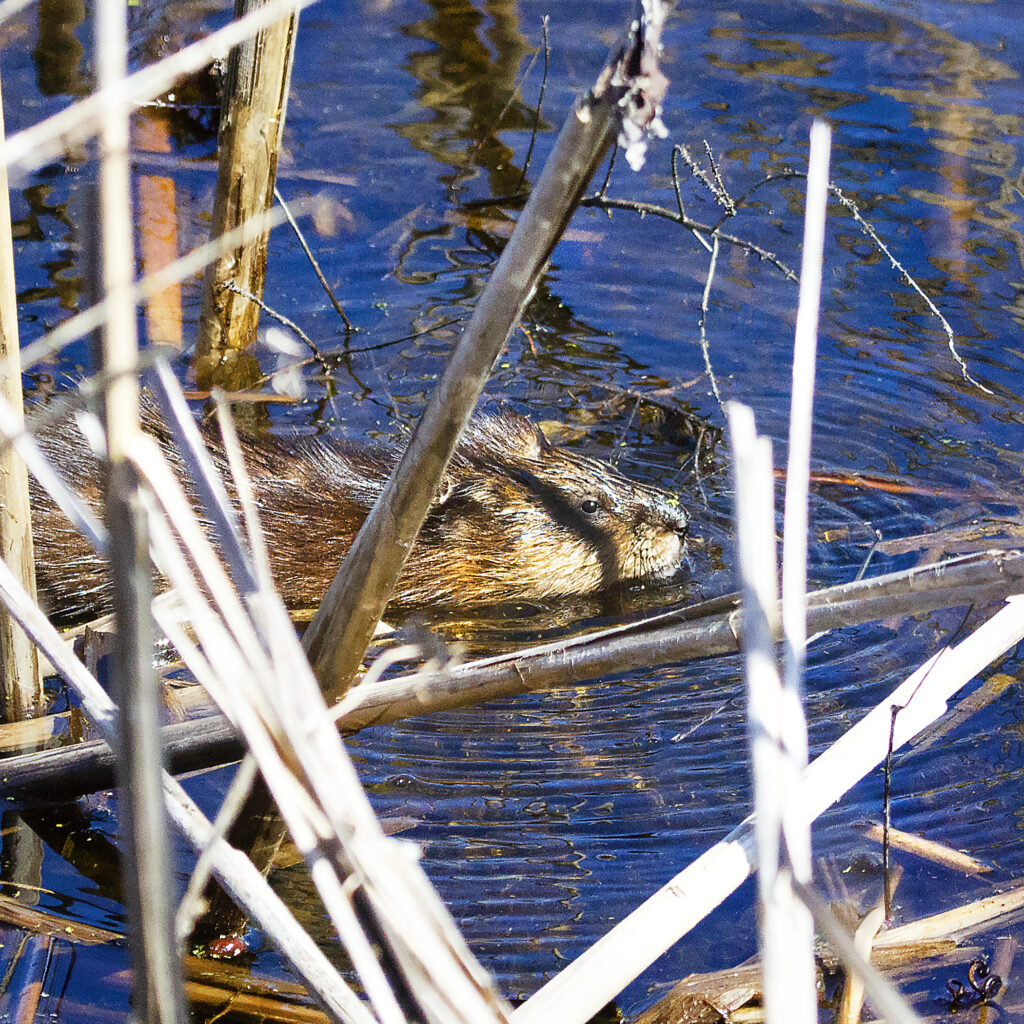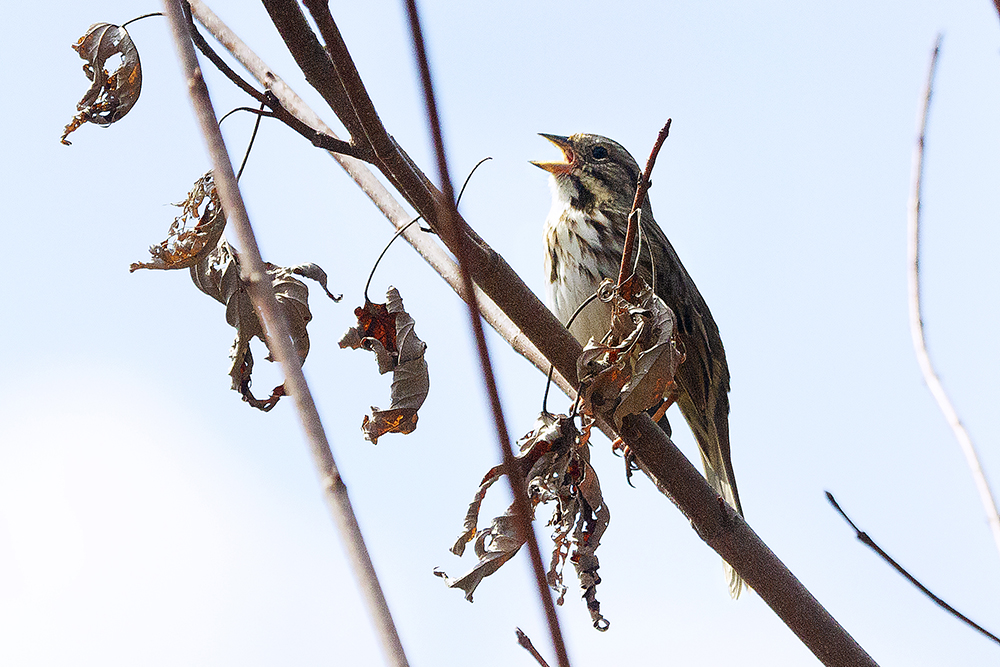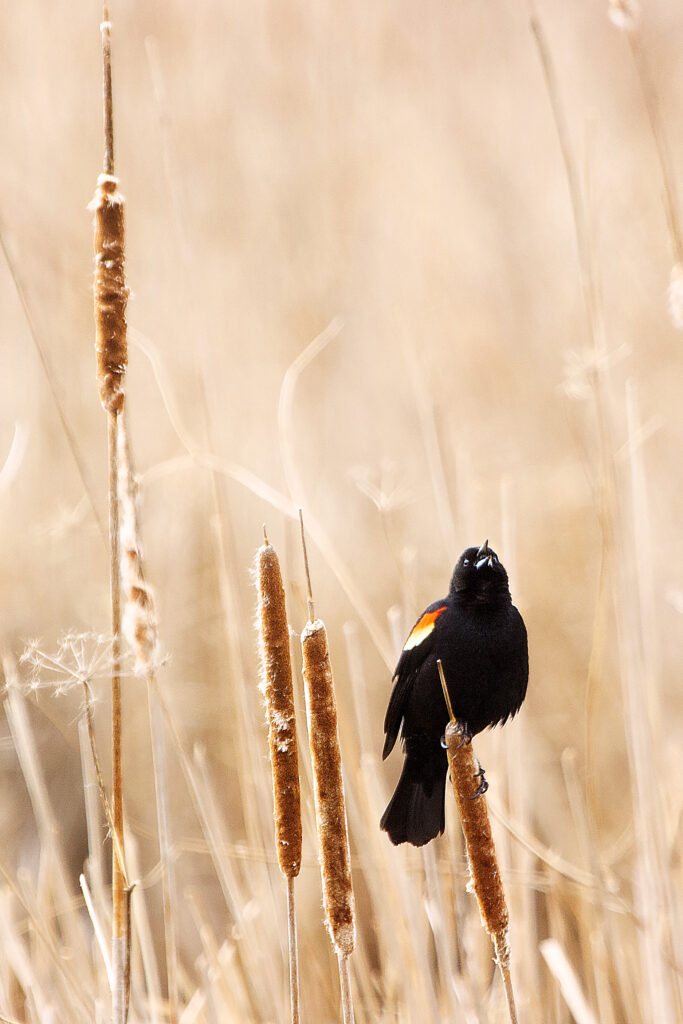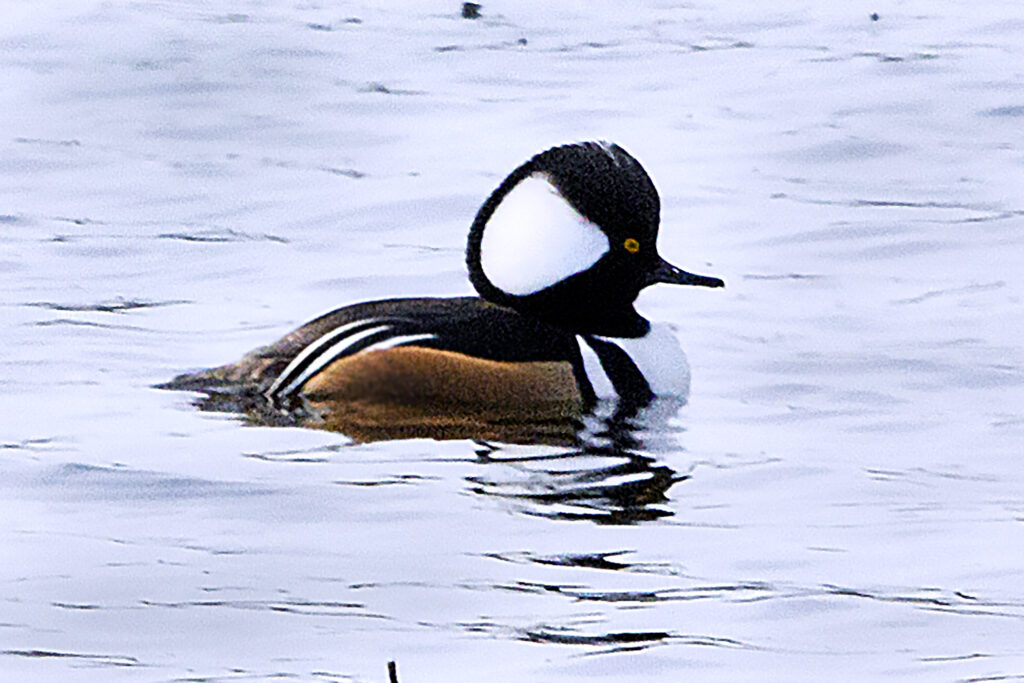I have been posting a lot of sunset photographs from Cape Hedge Beach in Rockport, MA lately. Almost always the sunsets there are dramatic and now you come more and more to recognize the annual march of the sun along its ecliptic. Sunsets move more and more southward this time of year, while sunrises journey more and more northward. It is the beat of the heart of our solar system
There is something else and that is what I like to think of as the “anti-sunset.” So often the clouds diametrically opposed to the sun are bathed in glorious pastel hues as the sun slowly sinks. I say “slowly sinks,” but i realize that I almost contradict myself. This morning I watched the sunrise over Pigeon Cove, over the Old Granite Pier, and it was anything but slow. you could feel it as if it were a race – Old Helios, Circes father, driving his solar chariot across the sky.
I took the image of Figure 1 at Cape Hedge Beach this past Friday – the anti-sunset’s pastel palette brushed on the clouds, hanging over the sea and here seen through the tall grasses.

